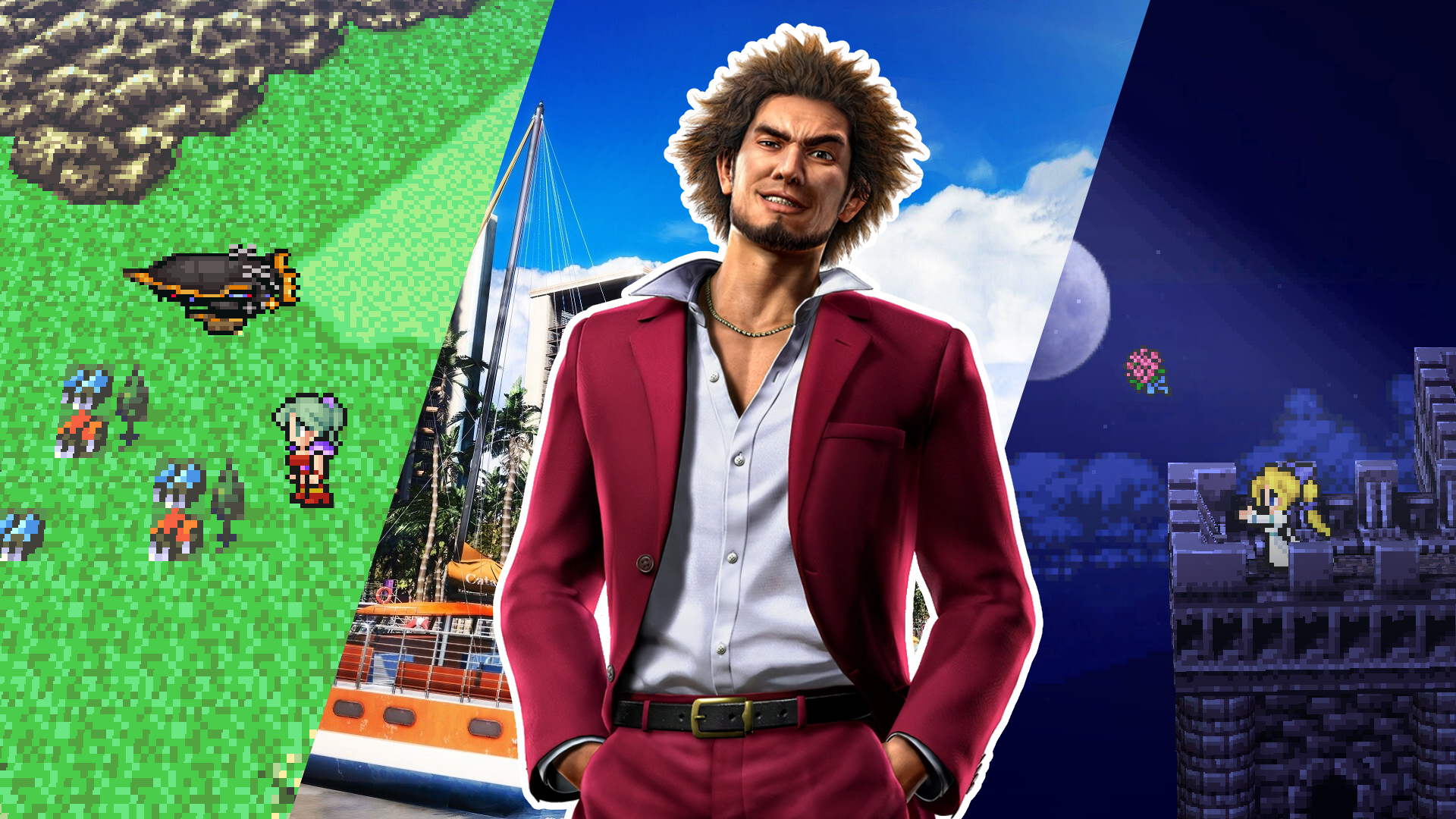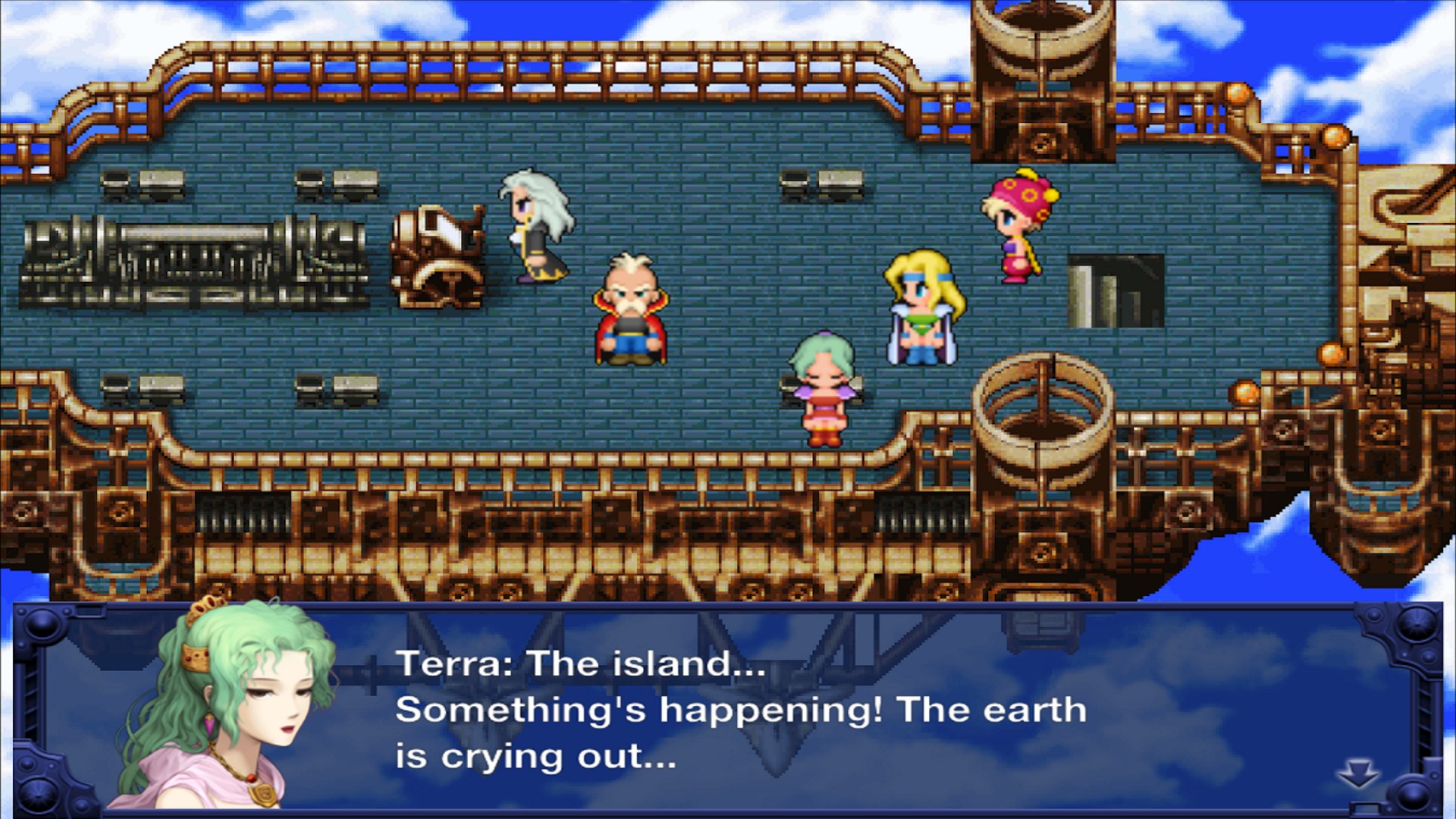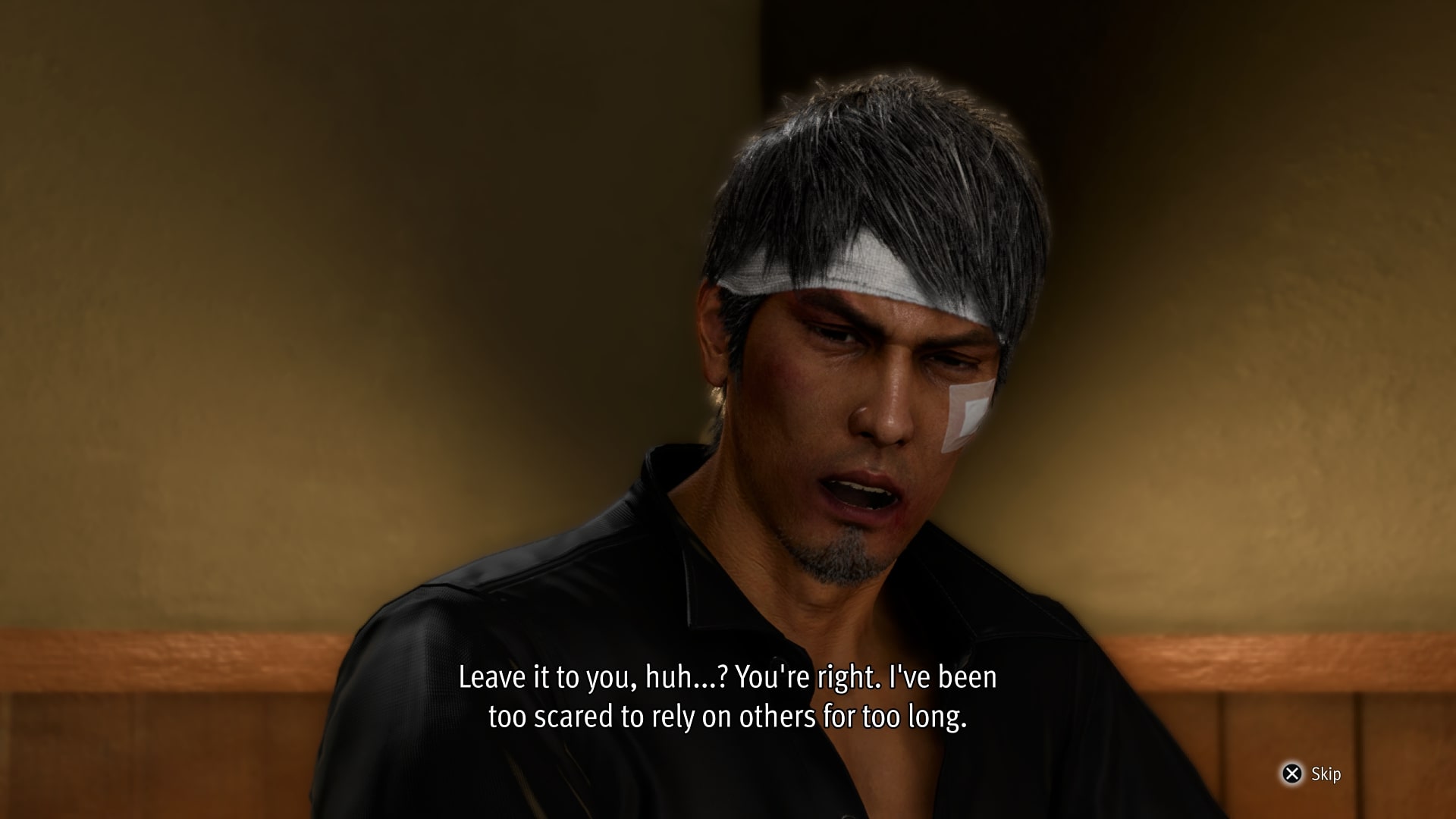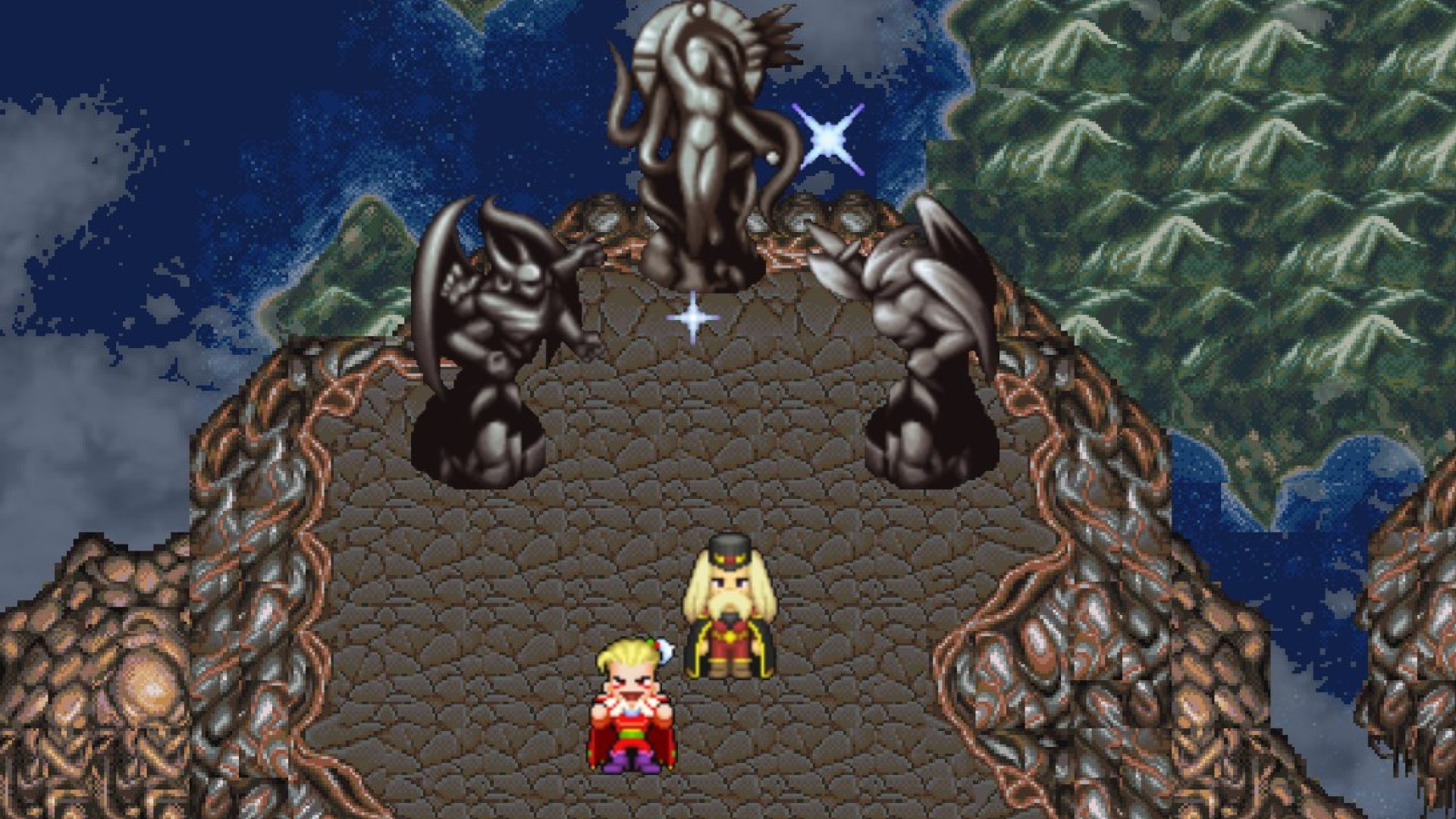Like a Dragon: Infinite Wealth is the spiritual successor to Final Fantasy 6
Weight of life

Like a Dragon: Infinite Wealth may look like a zany and irreverent title on the outside. Its raucous street fights and melodramatic karaoke segments don’t exactly scream ‘sophisticated story.’ However, scratch the surface even a little, and you’ll see that looks can be deceiving.
Ryu Ga Gotoku Studio’s turn-based role-playing game (RPG) tells a heartfelt tale about unlikely friendships, standing up to tyrants, and living life to the fullest. It does this through ensemble storytelling and an in-depth battle system. Because of this, after nearly 50 hours with the game, I found myself thinking of Final Fantasy 6 and how, despite being set in the modern day, Infinite Wealth seems not only to share the hopeful spirit of Square Enix’s classic RPG but also uses similar techniques to tell its story.
While Like a Dragon: Infinite Wealth centers its story on two main protagonists, our heroes are consistently backed up by a colorful, diverse, and well-written cast of supporting characters who rotate in and out of the story when appropriate. This is something that Final Fantasy 6 famously experimented with back in 1994, offering 14 different playable main characters across the course of the game. Infinite Wealth rivals this total with 10 of its own. Across both titles, none of these characters are stand-ins or feel two-dimensional. Each has their own goals, motivations, and outlooks on life. It’s this sense of diverse perspectives that connects Infinite Wealth and Final Fantasy 6.
Good people in bad times

Minor spoilers ahead for Like a Dragon: Infinite Wealth and Final Fantasy 6
Both games use the varying viewpoints offered by their ensemble casts to make their worlds and characters all the richer. Take Eric Tomizawa, a party member in Like a Dragon: Infinite Wealth. When we first meet Tomi, he attempts to rob one of the game’s central protagonists, Ichiban Kasuga.
However, we then learn that he was only doing this because he fell on hard times thanks to the predations of a criminal gang known as the Barracudas, who framed Tomi for a crime, landing him in prison. Once released, Tomi found himself forced to enter the service of Yamai, a ruthless syndicate boss, to pay off his debts.
Throughout the game, Tomi lets us look at Hawaii’s criminal underworld from the perspective of someone who’s not only been abused by it but who has also participated in the cycles of violence.
Get daily insight, inspiration and deals in your inbox
Sign up for breaking news, reviews, opinion, top tech deals, and more.
It also adds another perspective on Yamai, whom Kasuga sympathizes with because of their shared ties to yakuza organizations back in Japan. Tomi doesn’t always see eye-to-eye with Kasuga on this, creating a rich tension that deepens the drama.

This is a technique often used by Final Fantasy 6, too. The game follows the Returners, a rebel group who are bent on stopping the Gestahlian Empire from conquering the world. Terra Branford, one of the title’s principal heroes, begins the story mind-controlled by Kefka, a nefarious court mage of the Empire. Once freed, Terra soon joins the Returners.
Though initially suffering from amnesia, Terra has vague recollections of what she did under the Empire’s control which disturb and upset her. Like Tomi, she has to reckon with the part she played as a minion of an evil organization, which, in turn, gives the player an insider look at the challenges that our heroes face.
Life finds a way

On top of these shared ensemble storytelling techniques, both titles share a common message about the intrinsic value of human life. Infinite Wealth and Final Fantasy 6 are celebrations of life in the face of despair and overwhelming odds.
Stoic and kind, Kazuma Kiryu has a major role in Infinite Wealth’s story. A former yakuza renowned for his strength and compassion, Kiryu tells his allies early on that he’s been diagnosed with cancer. After returning to Japan after a particularly nasty fight in Hawaii, his friends express concern that the legendary Dragon of Dojima might be giving up on life and passively accepting his death.
To help Kiryu, his friends Nanba, Seonhee, and Saeko Mukoda together a ‘bucket list’ of things he’d like to do before he passes. Starting by taking him out to a batting cage, Kiryu’s friends do their best to help him stay strong in the face of death, urging him to find as much happiness as he can in the time he has left.
These games are celebrations of life in the face of despair
It’s a beautiful, resonant, and deeply moving plotline in which Kiryu confronts the demons of his past and looks back on the successes of his life, including the people he’s helped along the way. He reconnects with distant friends like grizzled detective Makoto Date and revisits the places he’s helped throughout the Yakuza series. It’s a powerful message of life and warmth in the face of death that brought more than a few tears to my eyes.

Meanwhile, Final Fantasy 6 has the party face off against antagonist Kefka. As disquieting as this villain’s clown-like visage might be, the most chilling thing about him is his nihilism - his deeply held belief in the utter worthlessness of human endeavor and life itself. In what is now Final Fantasy tradition, Kefka ascends to godhood and must be stopped in a climactic final battle.
“Why do people cling to life when they know they can’t live forever?” asks Kefka before the final confrontation. “It’s the [...] celebration of life and love,” replies Terra - an answer that Kiryu and his friends would doubtlessly agree with. While fighting a nihilistic god and living life to the fullest in the face of serious illness might seem very different, both story arcs heavily draw on common ideas of hope, camaraderie, and mutual support.
The celebration of life, friendship, and rebellion at the heart of Final Fantasy 6 and Infinite Wealth, as well as the sophisticated ensemble storytelling used to convey these themes, helps both titles cultivate distinctive, poignant, and personally affecting stories - the kind that distinguishes the very best RPGs from the rest.
Looking for more narrative-driven games? Check out our lists of the best story games and best single-player games.

An editor and freelance journalist, Cat Bussell has been writing about video games for more than four years and, frankly, she’s developed a taste for it. As seen on TechRadar, Technopedia, The Gamer, Wargamer, and SUPERJUMP, Cat’s reviews, features, and guides are lovingly curated for your reading pleasure.
A Cambridge graduate, recovering bartender, and Cloud Strife enjoyer, Cat’s foremost mission is to bring you the best coverage she can, whether that’s through helpful guides, even-handed reviews, or thought-provoking features. She’s interviewed indie darlings, triple-A greats, and legendary voice actors, all to help you get closer to the action. When she’s not writing, Cat can be found sticking her neck into a fresh RPG or running yet another Dungeons & Dragons game.